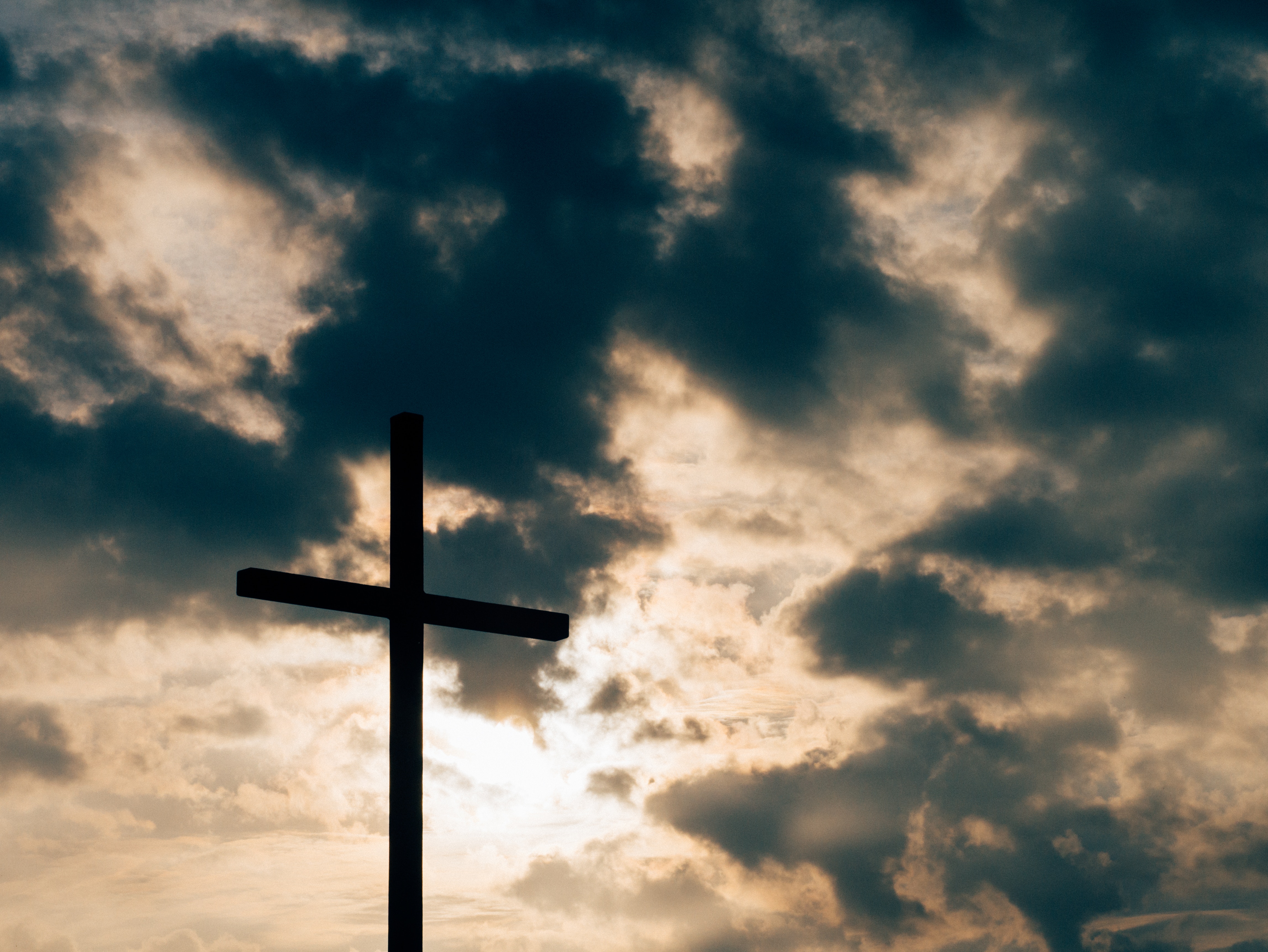It is getting close to Christmas. This makes it a good time to test our knowledge of Christianity and Christian charity.
So, here is a question to ponder:
When Christian churches founded schools in Canada, what names did they use?
Perhaps you think that these schools were named after Saints, days in the Christian calendar, and important church leaders. If so, give yourself part marks—but only part marks.
The first couple of sentences in the Report of the Truth and Reconciliation Commission of Canada (TRC) suggest that the schools should be named after the fallen angel, Lucifer:
“For over a century, the central goals of Canada’s Aboriginal policy were to eliminate Aboriginal governments; ignore Aboriginal rights, terminate the Treaties; and through a process of assimilation, cause Aboriginal peoples to cease to exist as distinct legal, social, cultural, religious, and racial entities in Canada. The establishment and operation of residential schools were a central element of this policy, which can best be described as ‘cultural genocide.’”
The Commissioners go on to define cultural genocide as “the destruction of those structures and practices that allow the group to continue as a group.”
The Commission obviously believes that Canada and the churches that managed most of the schools considered Indigenous people as sub-human. In part, this is why the children were treated badly.
This is the story we have heard over and over again.
But, is it true?
When reading the Report’s introduction, some Canadians probably had an inkling that this claim contains a logical flaw, the “all or nothing” fallacy. It is indeed strange that these Commissioners, including a judge and a lawyer, would make such a logical error.
Nevertheless, if people actually read the Report, they would realize that this strong claim is not supported. There is, for example, contrary-minded evidence in the names of the schools. But, it is not until Volume 4, over 2,200 pages after the introduction, that the names of the 158 schools are revealed.
As expected, the list contains the usual Saints (St. Cyprian’s, St. Mary’s), religious days (All Saints, Assumption), and religious leaders (Grollier, Stringer). Yet surprisingly, about 30 percent of the institutions had Indigenous names.
So some schools were named after famous Indigenous Chiefs (Crowfoot, Old Sun), tribes (Assiniboia, Mohawk), and physical places (Ahousat, Wabasca).
If Canada and the churches were so intent on decimating Indigenous people and cultures, why would they give so many schools Indigenous names? If church leaders were truly hostile to these people, why did they develop orthographies for many of the Indigenous languages? Why did so many school administrators proudly allow tribal elders to give their children Indigenous names?
Perhaps the Commission began its work with a conclusion in mind, and then spent 6 years and over $60 million amassing evidence to support that conclusion. Perhaps it overlooked contrary evidence in its rush to condemn Canada and the churches.
Of course, thoughtful Canadians know that Indigenous names are used throughout our country. The word “Canada” is an Indigenous word; so are Manitoba, Winnipeg, Saskatchewan, Saskatoon, Ottawa, and the small Alberta towns of Okotoks and Ponoka.
Indeed, the list is very long.
Unfortunately, the first paragraph of the TRC Report uses words that have become almost universally accepted: Canada and the churches caused “Aboriginal peoples to cease to exist as distinct legal, social, cultural, religious, and racial entity.”
This conclusion is much too harsh.
It is time for Canadians—particularly journalists who should know better—to take a closer look at the TRC Report rather than merely reading the Summary Volume and the Introduction to Volume 1 and only echoing the Commission’s words. Canadians need journalists (and other researchers) to judiciously weigh the existing evidence, pro and con, before coming to a conclusion; a conclusion that is more balanced; a conclusion that is not burning with condemnation.
Perhaps Canada and Canadian churches deserve a little Christian charity, especially at this time of year.



